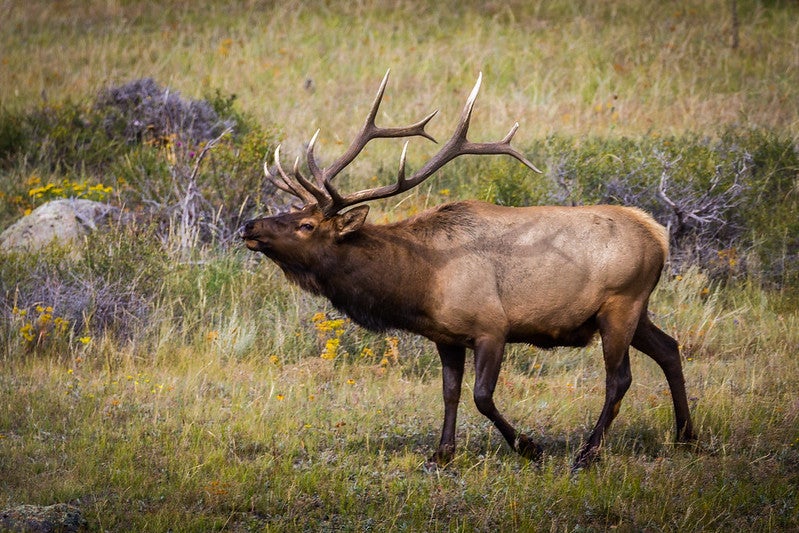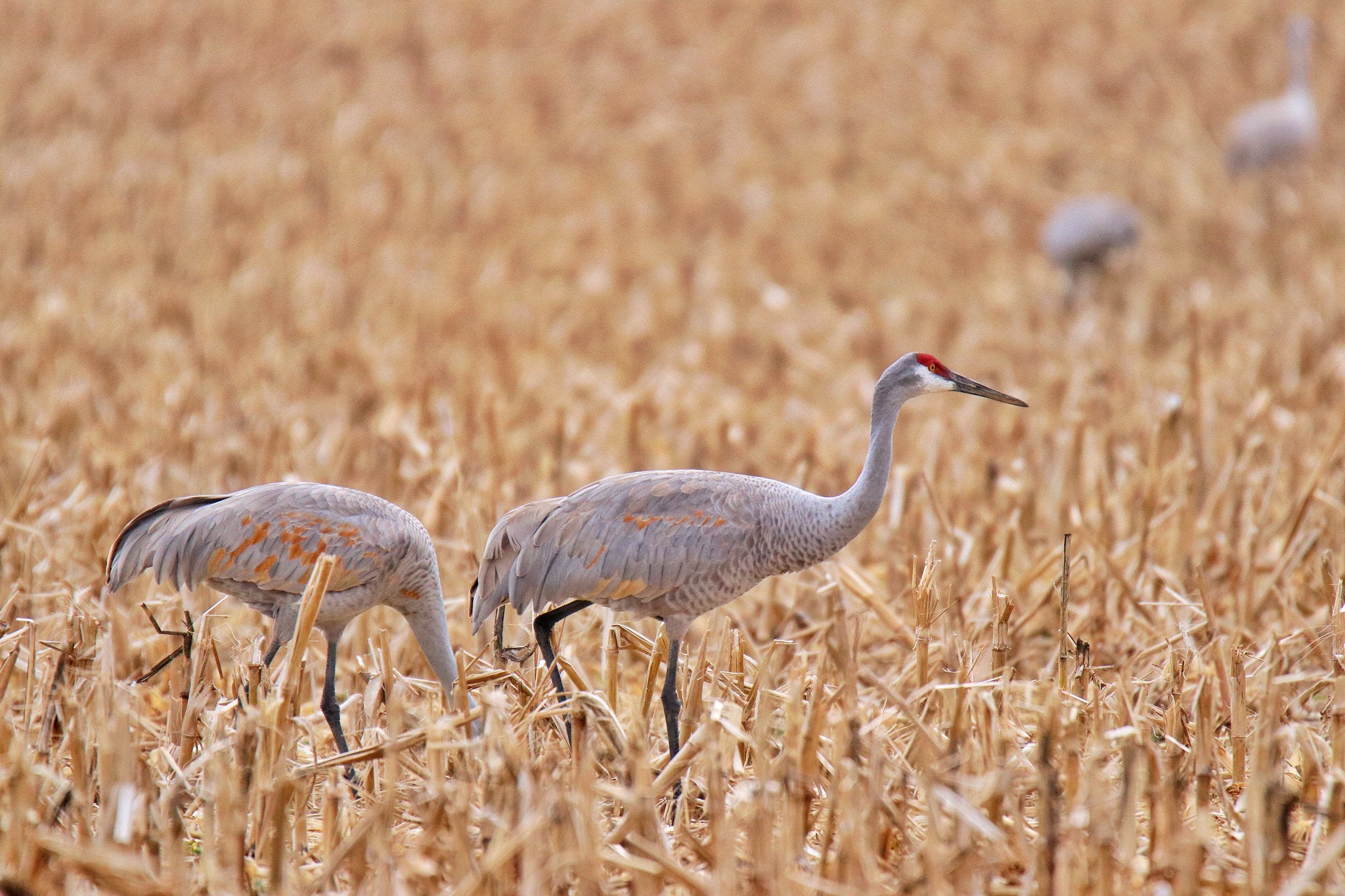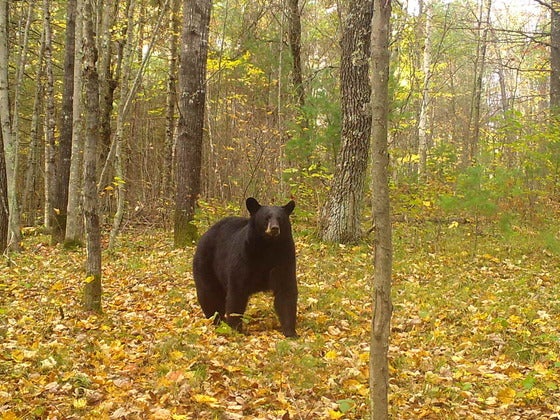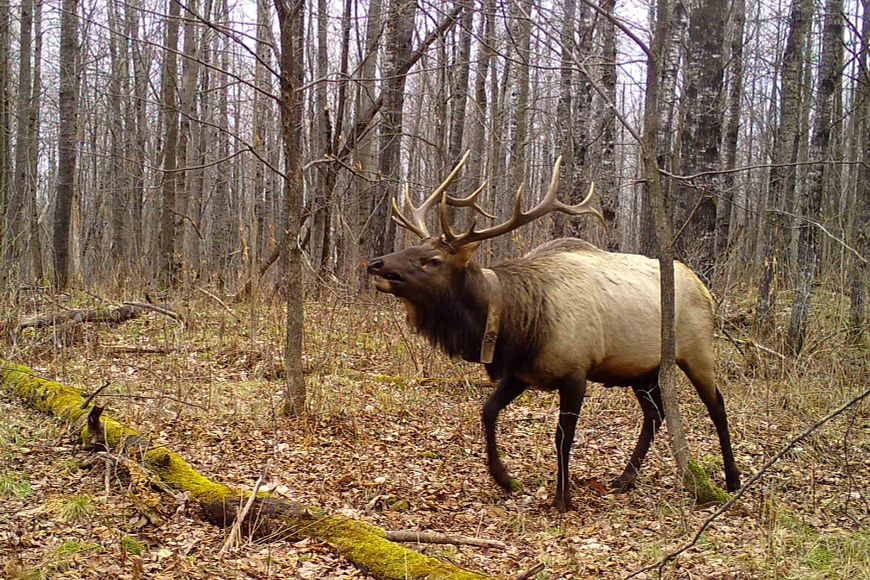State wildlife officials will allow elk hunting in central Wisconsin for the first time since the animals were reintroduced to the state.
The state Department of Natural Resources announced a hunt for the central elk herd this fall during the Wisconsin Natural Resources Board meeting April 10.
Elk were first released in the Jackson County area in 2015, 20 years after the animals were reintroduced in Northern Wisconsin. While once widespread, elk had been eliminated from the state since the 1880s due to habitat loss and unregulated hunting.
News with a little more humanity
WPR’s “Wisconsin Today” newsletter keeps you connected to the state you love without feeling overwhelmed. No paywall. No agenda. No corporate filter.
DNR wildlife biologist Christina Kizewski told the Natural Resources Board the hunt was approved because the central herd has a strong population after years of growth. She said the number of animals have grown by an average of 17 percent annually in the last five years.
“This population increase is really bolstered by our high calf recruitment and calf survival, where we see nearly 85 to 90 percent of our collared calves survive their first birthday,” Kizewski said during her presentation to the board. “The herd also has a high pregnancy rate, and this is often driven by milder winter conditions seen in the central zone.”
She said the adult mortality rate for the herd is about 15 percent, with vehicle collisions continuing to be the highest cause of death.
After calving occurs in mid May and June, Kizewski said the state estimates the central herd’s population will exceed 180 elk. The state’s total elk population is expected to reach nearly 550 animals this summer.
Natural Resources Board chair Bill Smith said the Black River elk range is “a huge success story” for the state.
“The rates of increase and the health of these elk is really remarkable,” he said during the April meeting.
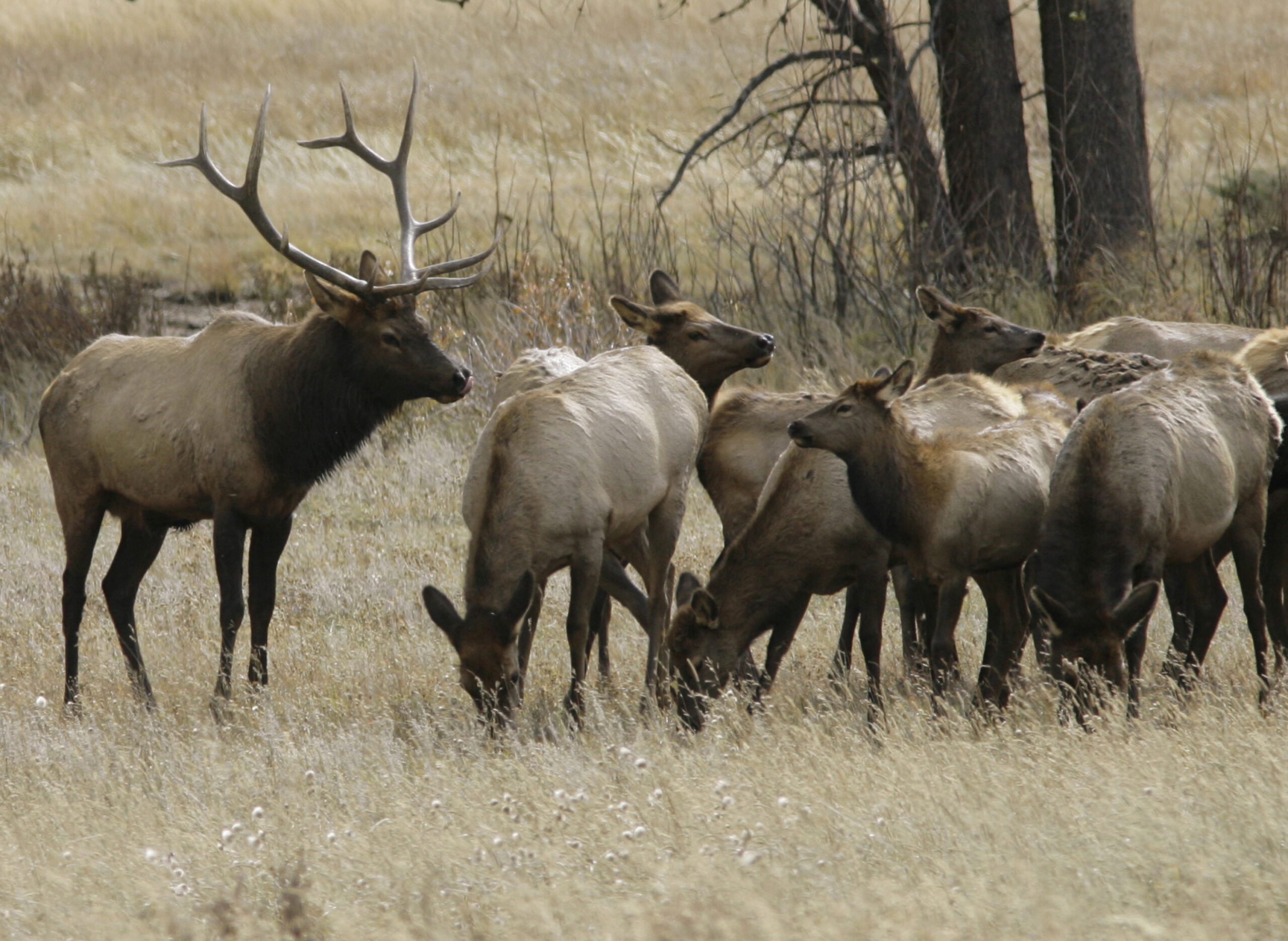
Wisconsin first approved a modern-day elk hunt in 2018 after the northern elk herd surpassed 200 elk for the first time since they were reintroduced. The population in the Clam Lake range is currently estimated to be between 245 to 294 animals.
Interest in elk hunting has remained strong since 2018, according to Kizewski, with the DNR receiving more than 20,000 license applications each year. She said 70 percent of funding generated by the $10 application fee goes toward elk management in the state, including habitat projects and research.
“Hunting is also a management tool to be able to strike a balance between social tolerance on the landscape as well as our population levels,” Kizewski told the board. “This will become important as we continue in future years and as our herd estimate increases.”
She said the DNR expects hunter interest to grow this year with the addition of the central Wisconsin herd. The license application period is currently open and runs through the end of May.
In the last three years, the Natural Resources Board has approved an annual quota of eight animals for state and tribal hunters. Ojibwe tribes may declare up to 50 percent of the tags issued in the Clam Lake range, and the rest are drawn at random.
Kizewski said the DNR is working to determine this year’s numbers and will present the quota at the board’s meeting in May. Opening day for the 2024 elk hunt will be Oct. 12.
Wisconsin Public Radio, © Copyright 2025, Board of Regents of the University of Wisconsin System and Wisconsin Educational Communications Board.

